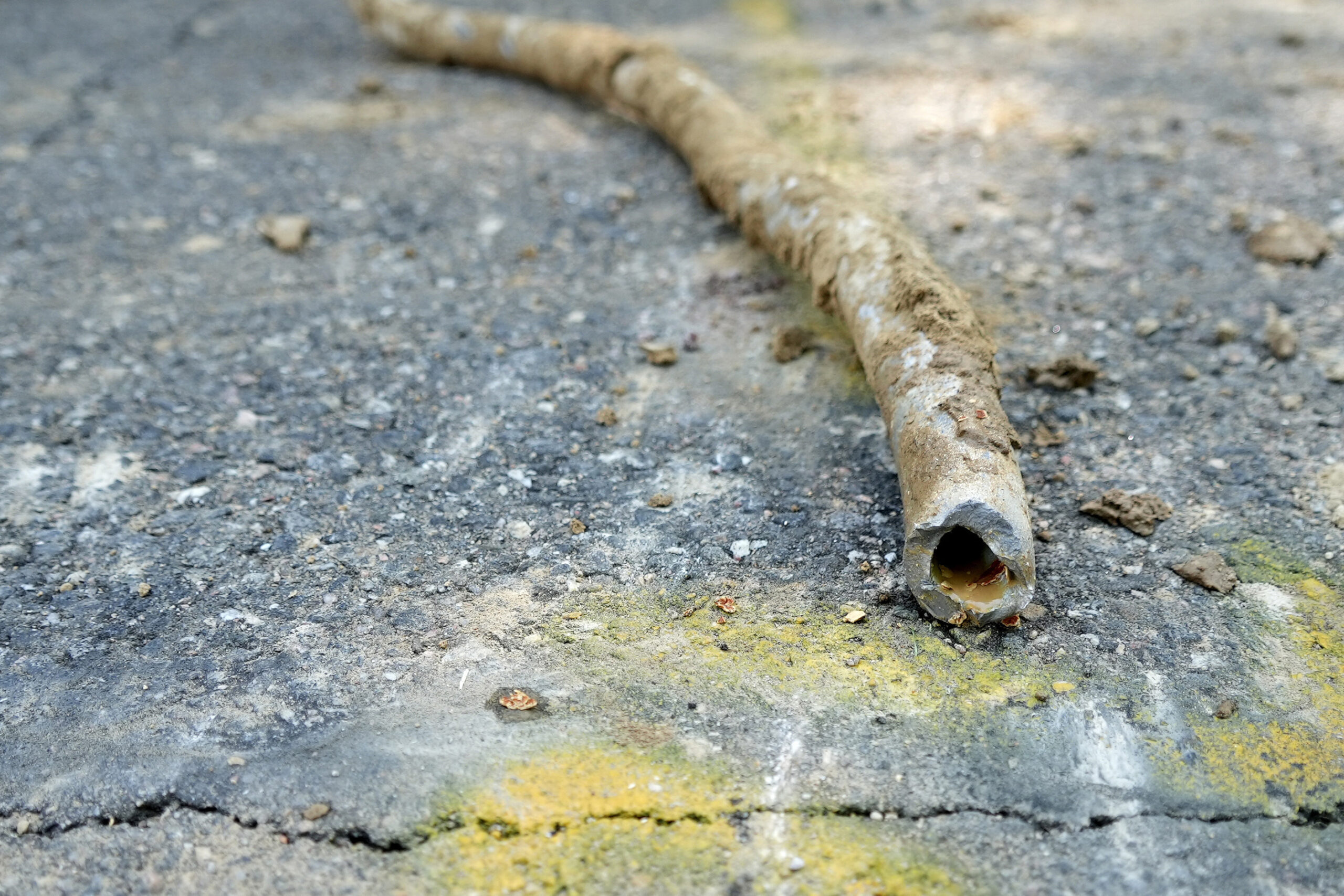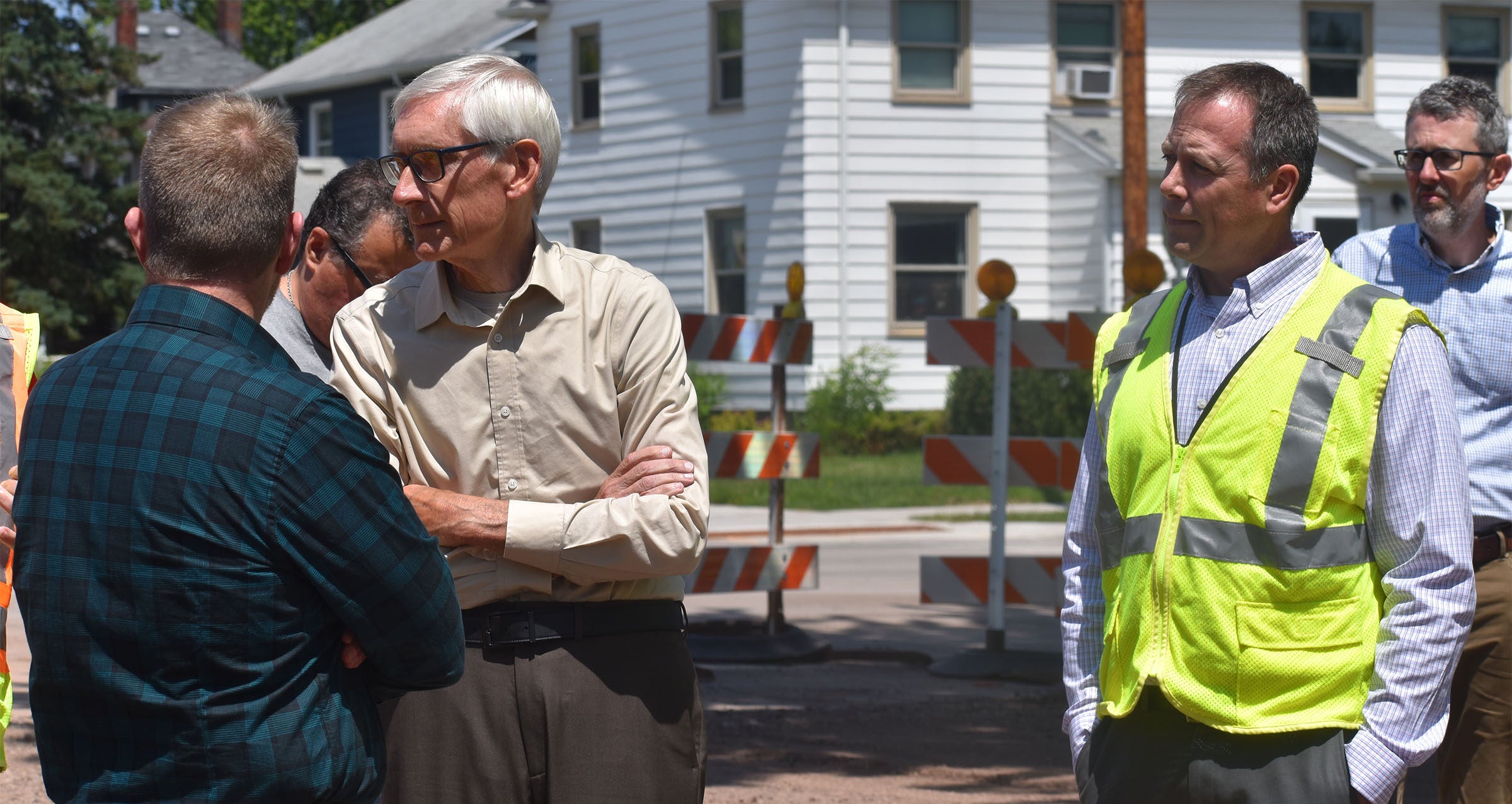State environmental regulators said the cost of removing private lead service lines alone could run up to nearly $1 billion, and an infusion of federal funds is not enough to meet the need.
Staff with the Wisconsin Department of Natural Resources said the state has more than 147,000 private lead lines, which typically run from the street to homes. The agency estimates 229,000 private laterals either contain lead or are made of galvanized material. Galvanized lines are iron pipes that have been coated to prevent corrosion, and they’ve been known to contain or collect lead.
Jim Ritchie, the agency’s director of the Community Financial Assistance Bureau, told the Natural Resources Board on Wednesday it may cost between $620 million to $966 million to replace those pipes. That’s far more than the close to $400 million that Wisconsin is set to receive over a five-year span under the Bipartisan Infrastructure Law passed by Congress in 2021.
News with a little more humanity
WPR’s “Wisconsin Today” newsletter keeps you connected to the state you love without feeling overwhelmed. No paywall. No agenda. No corporate filter.
With federal funding, the DNR estimates up to 95,000 private lead lines could be removed.
“There will still be a significant need,” Ritchie told the board.
That doesn’t include the cost to replace around 158,000 utility-owned lines in Wisconsin. Ritchie told WPR the agency will start collecting information on the total cost for replacing public and private lead lines next year.
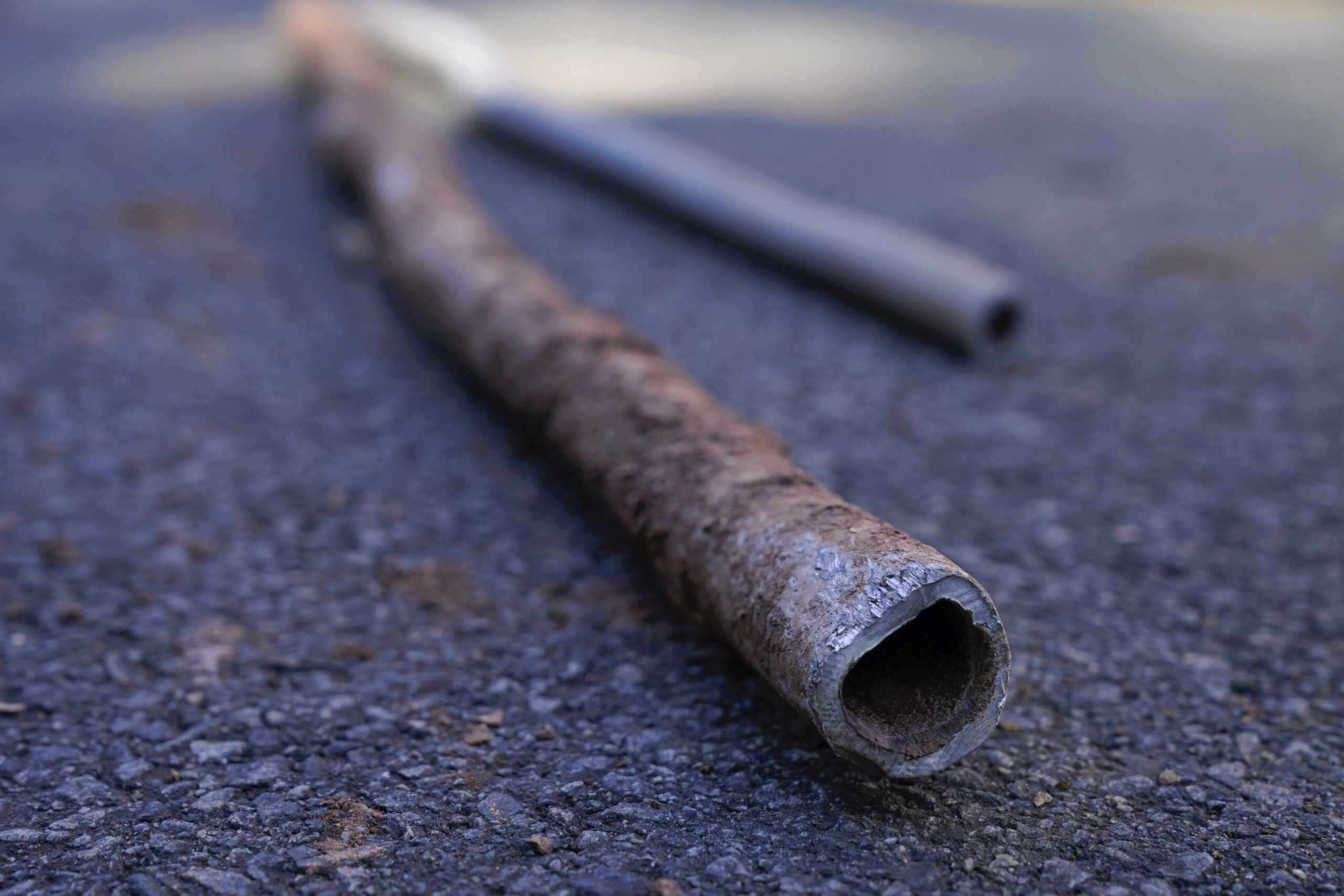
Milwaukee eases costs for homeowners replacing lead pipes
Lead in paint and dust are the primary source of lead exposure in Wisconsin, but water crises like the one in Flint, Michigan, have highlighted the ongoing problem with lead in drinking water. There is no safe level of lead, and lead poisoning can lead to learning and behavioral issues in children.
The DNR’s estimates were derived from costs that communities have faced to replace private lead lines under state programs that assist with their removal. Ritchie said the average cost to replace those pipes is roughly $4,220 per household. He said they’ve seen costs as low as $1,500 and as high as almost $10,000 per home.
In Milwaukee, city leaders recently made changes to ease the financial burden for private property owners who must replace lead pipes under a city ordinance passed in 2017. The Milwaukee Common Council voted Tuesday to eliminate a requirement that homeowners pay a roughly $1,600 charge for replacing the private side cost of lead service lines.
Patrick Pauly, superintendent of Milwaukee Water Works, said owners of properties with four or fewer residential units were previously responsible for a third of the cost to remove lead lines on the private side.
“The cost-share has been one of the primary hurdles to gaining consent since the replacement program started nearly seven years ago,” Pauly said.
The city will be able to foot the bill for the homeowner’s share of replacing lead lines through funding made available to the DNR under the Bipartisan Infrastructure Law. The agency awarded Milwaukee around $30.1 million in October for its ongoing lead line replacement.
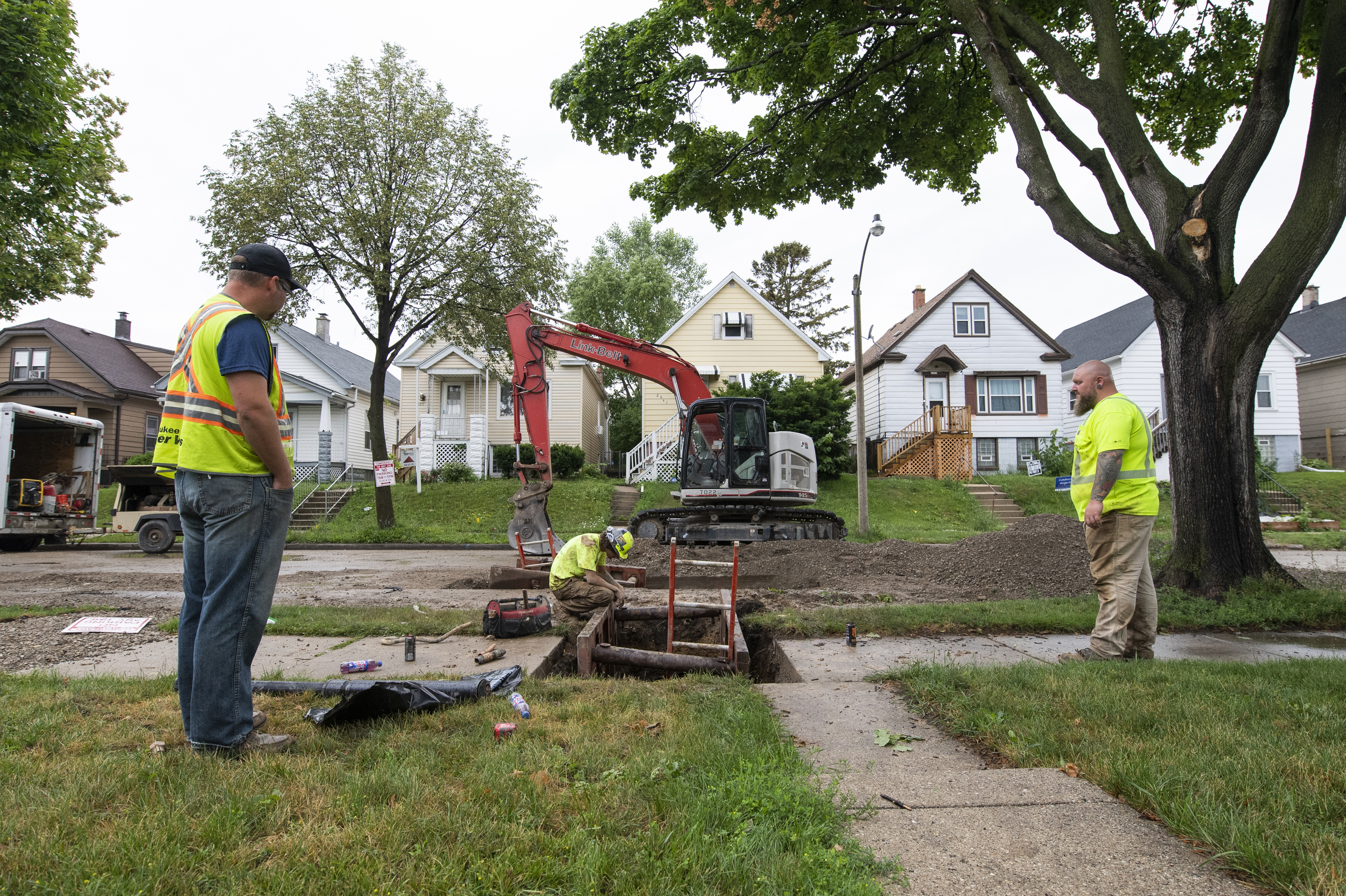
Milwaukee mom supports move to reduce replacement costs
Deanna Branch, who lives on the north side of Milwaukee, said she’s excited about the changes.
“It’s good to hear because there’s less stress on the tenants and the landlord,” Branch said. “More people who can’t afford to cover the cost are getting the necessary work that’s needed to get the lead laterals out of their home.”
Branch chairs the organizing committee for the Coalition on Lead Emergency or COLE. She has been advocating for families after her own sons were poisoned by lead in their home. She said her youngest son Aidan was hospitalized twice for lead exposure. At one point, Branch said his blood lead levels were at least 10 times higher than concentrations considered unsafe for children.
The lead crisis has hit communities of color the hardest in Wisconsin. Black children under the age of six are four times more likely to test positive for lead poisoning than white children, according to data from the Wisconsin Department of Health Services.
Pauly said about 60 percent of elevated blood lead levels are occurring on the north side of Milwaukee. He said they’re taking that into account as the city plans to replace 2,200 lead pipes next year. Until now, the city has been removing roughly 1,000 pipes each year.
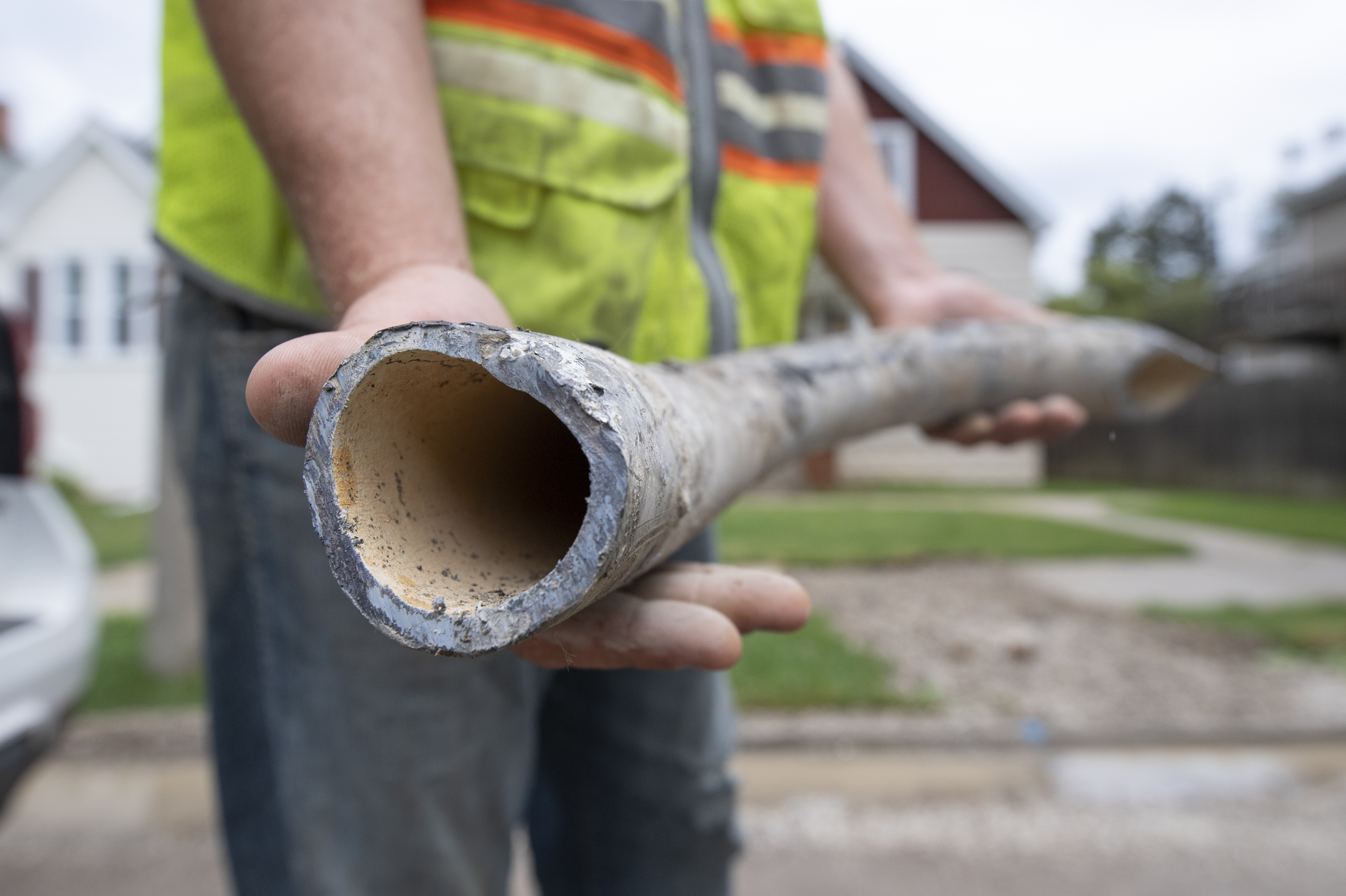
Pauly said around 68,000 lead lines still need to be removed in Milwaukee, including pipes that run to residential and commercial properties. The city set a goal this summer to remove all lead pipes within 20 years.
However, Milwaukee will need to speed up its timeline under a new rule proposed by the Environmental Protection Agency, which would require most communities to remove lead pipes within 10 years. Pauly estimated it may cost more than $600 million to remove the city’s remaining lead pipes.
In Wisconsin, around 100 communities have received funding from the DNR to remove 21,000 private lead lines to date. More than 73,000 public lead lines have been removed by Wisconsin utilities since 1998, according to a report by the Wisconsin Policy Forum.
Wisconsin Public Radio, © Copyright 2026, Board of Regents of the University of Wisconsin System and Wisconsin Educational Communications Board.
